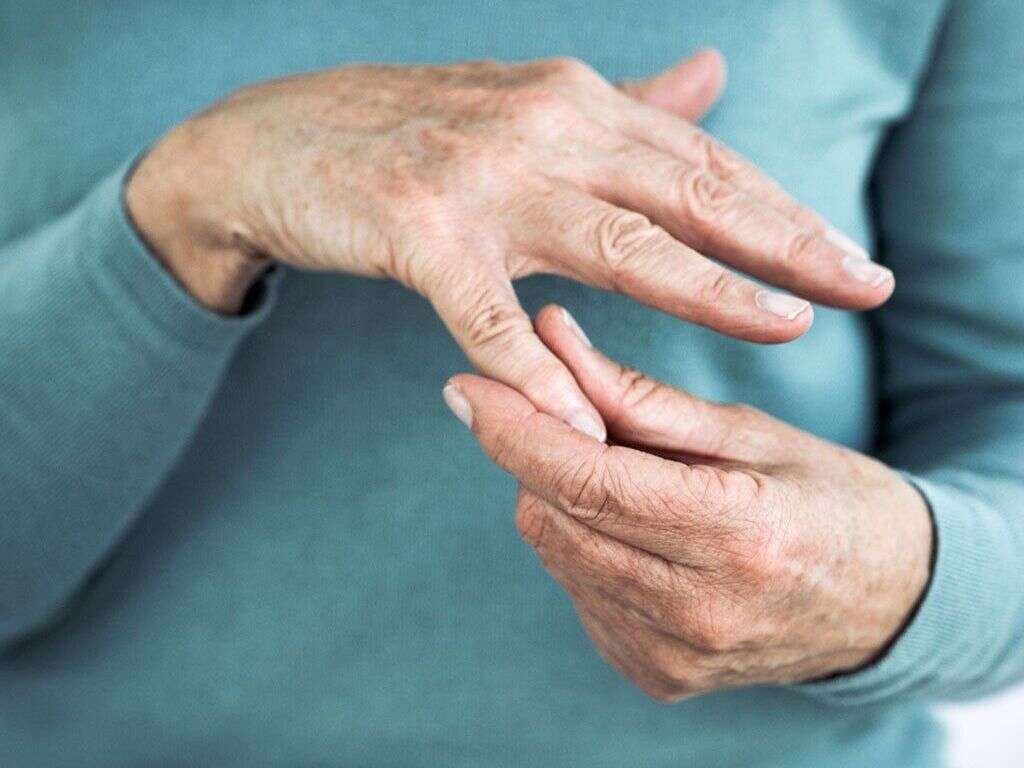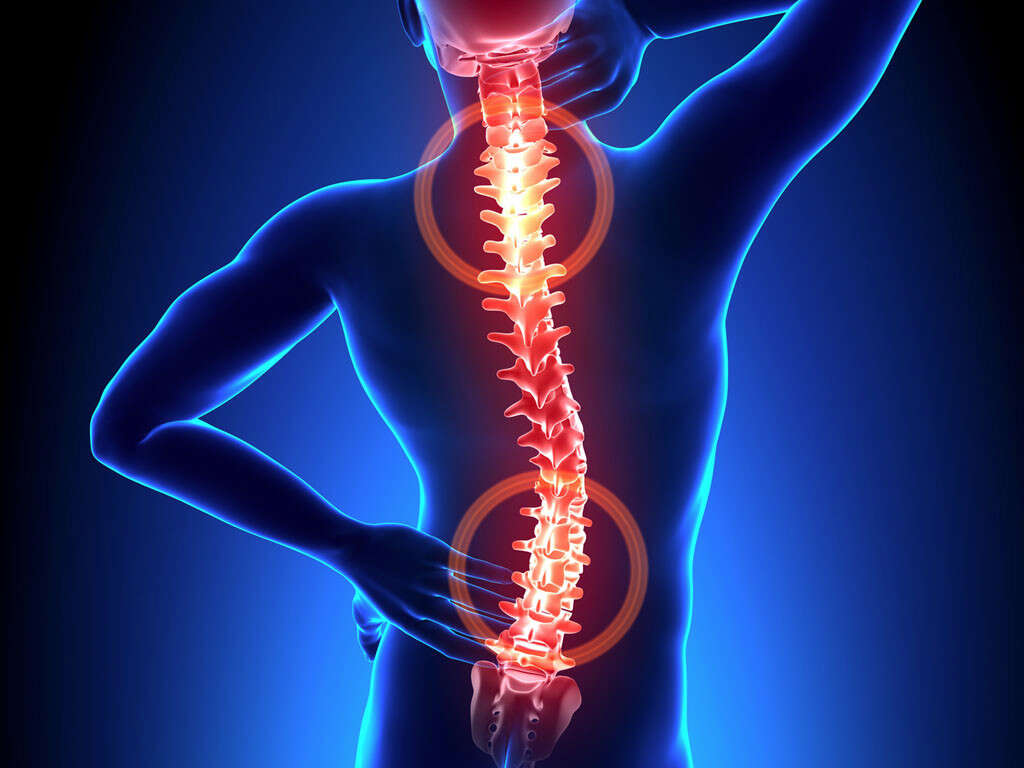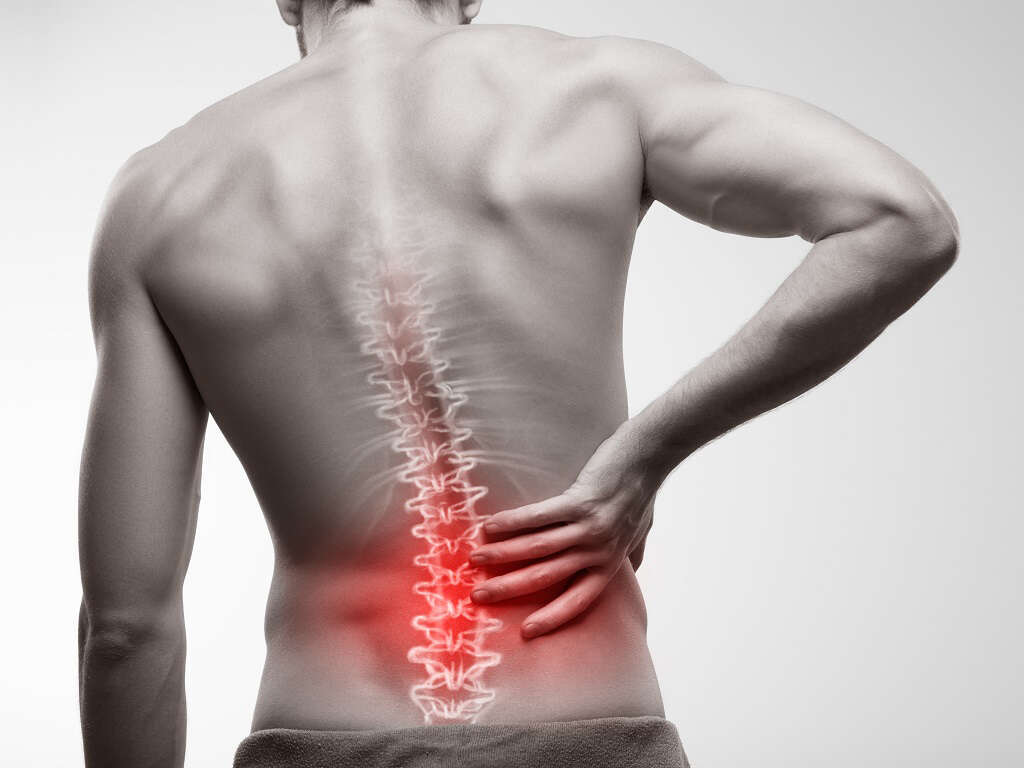What Is Psoriatic Arthritis?
5. Juvenile Psoriatic Arthritis
As the name suggests, juvenile psoriatic arthritis (JPA) is seen in 8% to 20% of childhood arthritis. The incidence and prevalence of juvenile psoriatic arthritis are unknown and vary greatly according to the criteria for diagnosis used to obtain the data. The onset of JPA is before 16 years of age and the duration of symptoms is of at least six weeks. Furthermore, to establish a definitive diagnosis, it must be associated with psoriasis in the patient or in a first-degree relative (i.e. parents or siblings), or it can be associated with two of the following findings: dactylitis or specific nail abnormalities. As you might have guessed, the diagnosis of this condition is not easy, especially because the signs and symptoms of JPA can be subtle or atypical in children.
Children that exhibit JPA before five years of age are usually female and present with the involvement of wrists, and joints of the hands and feet (i.e. dactylitis). On the contrary, the presentation in children above this age more closely resembles adult psoriatic arthritis, and it presents in both genders almost equally. Additionally, it will involve the axial skeleton (i.e. inflammation of the sacroiliac joint in the pelvis) and the entheses (the insertions of tendons, ligaments, fascia, or joint capsules into bones).
Advertisement












